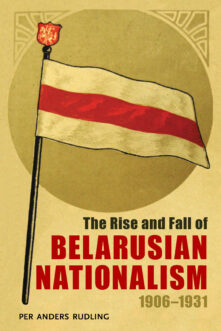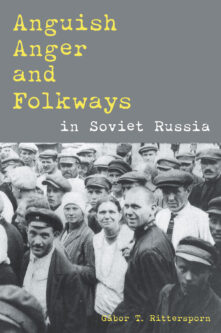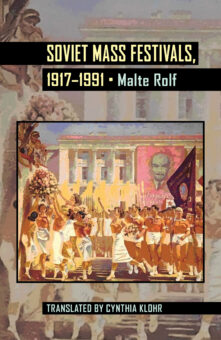History / Europe / Russia & the Former Soviet Union
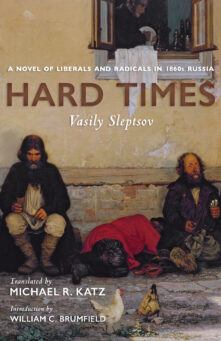

Hard Times
A Novel of Liberals and Radicals in 1860s Russia
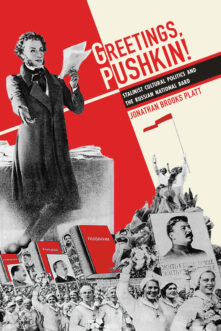

Greetings, Pushkin!
Stalinist Cultural Politics and the Russian National Bard
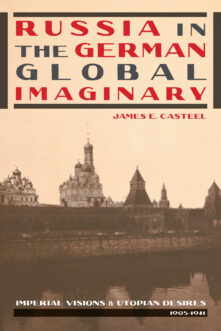

Russia in the German Global Imaginary
Imperial Visions and Utopian Desires, 1905-1941
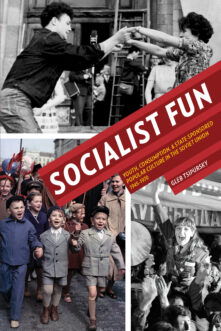

Socialist Fun
Youth, Consumption, and State-Sponsored Popular Culture in the Soviet Union, 1945–1970
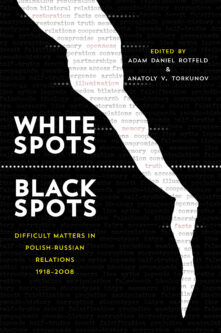

White Spots—Black Spots
Difficult Matters in Polish-Russian Relations, 1918–2008
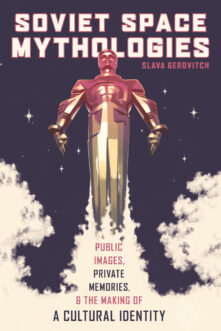

Soviet Space Mythologies
Public Images, Private Memories, and the Making of a Cultural Identity
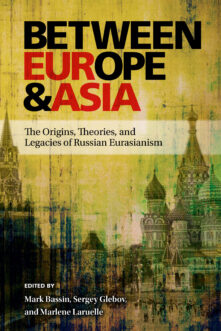

Between Europe and Asia
The Origins, Theories, and Legacies of Russian Eurasianism
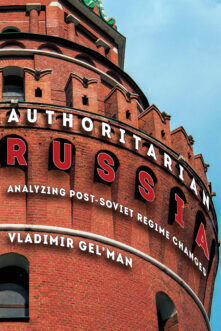

Authoritarian Russia
Analyzing Post-Soviet Regime Changes
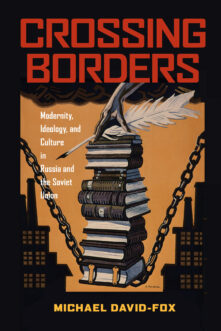

Crossing Borders
Modernity, Ideology, and Culture in Russia and the Soviet Union
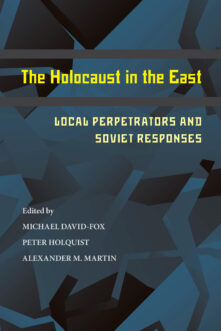

The Holocaust in the East
Local Perpetrators and Soviet Responses
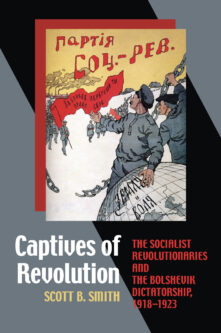

Captives of Revolution
The Socialist Revolutionaries and the Bolshevik Dictatorship, 1918–1923
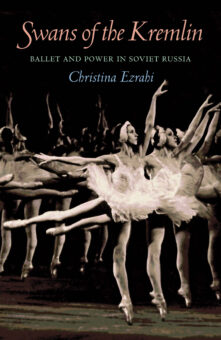

Swans of the Kremlin
Ballet and Power in Soviet Russia
Total 72 results found.


